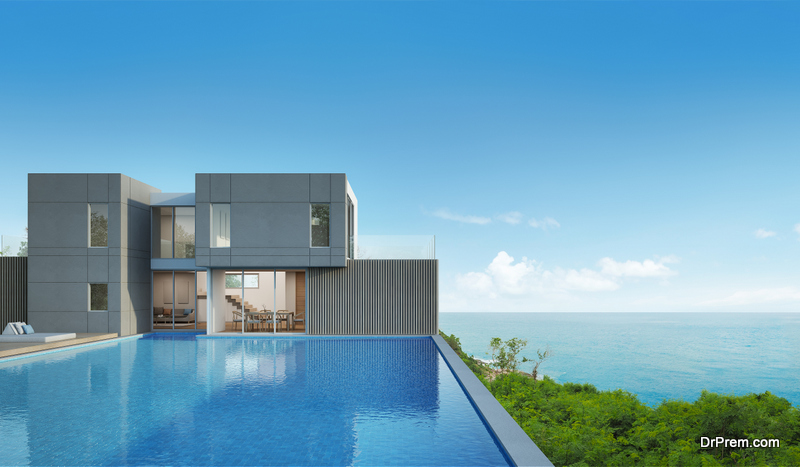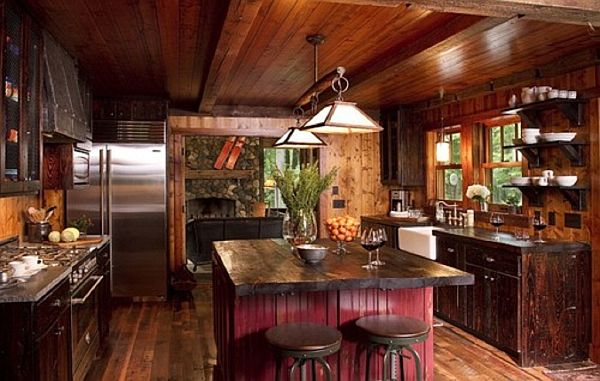If you’re after a natural pool which is 100% chemical free, has clean and clear water, and can be built with a little effort, then this article is for you. The reward of having your very own natural pool in the backyard is the ability to cool off during the hot summers without worrying about chlorine and other chemicals. The designs and construction depends on the type of pool you want. Stone walled pools look great, but they add to the expense as well as complexity. Here is how you can have a DIY organic pool in 6 steps:
DIY organic pool in 6 Steps
Step 1
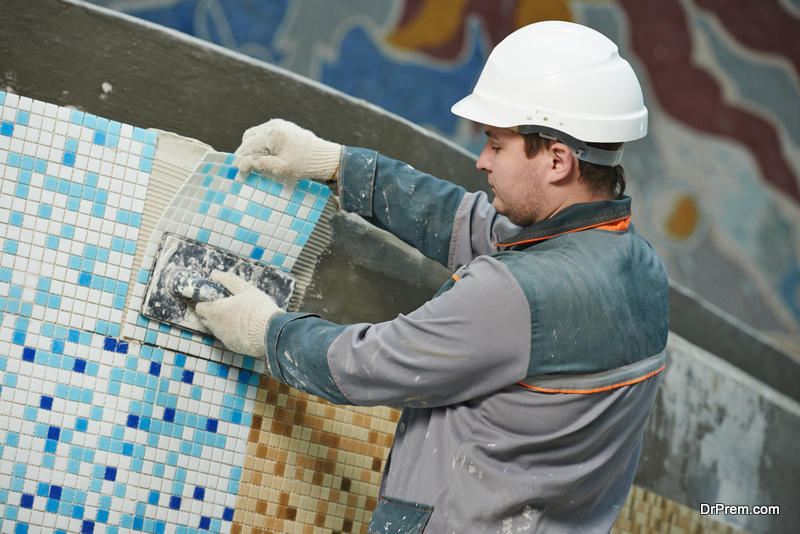 While making your natural swimming pool plans, you should plan for flat bottom pool which is better for many reasons – it’s easier to clean, simpler to dig and has a level foundation for the walls which makes your job easier. You might have noticed swimming pools are box shaped. There is an economical reason behind it – the box shapes are much cheaper to build. You could tank the pool or get liner manufacturers to weld a sturdy liner. Check that the tanking product does not have any algae-feeding phosphorus in it.
While making your natural swimming pool plans, you should plan for flat bottom pool which is better for many reasons – it’s easier to clean, simpler to dig and has a level foundation for the walls which makes your job easier. You might have noticed swimming pools are box shaped. There is an economical reason behind it – the box shapes are much cheaper to build. You could tank the pool or get liner manufacturers to weld a sturdy liner. Check that the tanking product does not have any algae-feeding phosphorus in it.
Step 2
Avoid many fittings as these might hamper the waterproofing, especially if you are constructing the pool all by yourself. Constructing a DIY organic pool is easier if you keep things as simple as possible.
Step 3
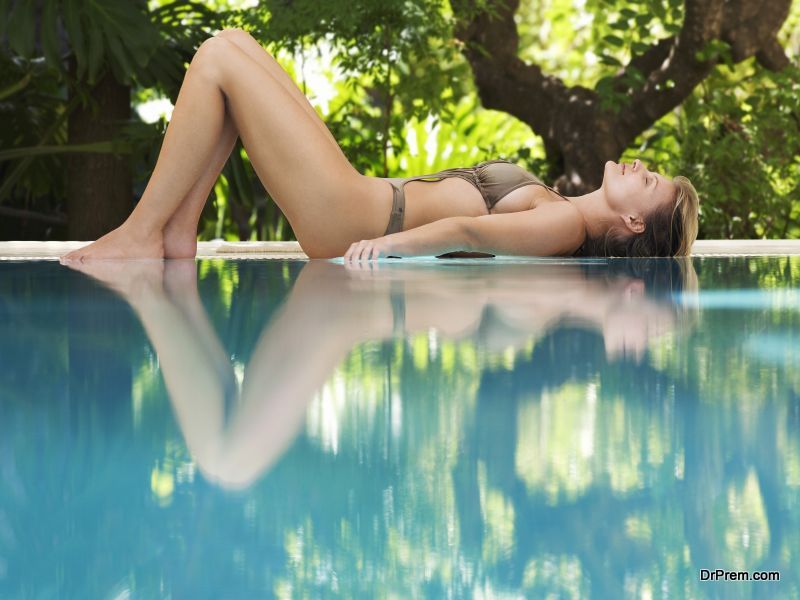 While swimming pools must be deep, natural pools should be dug 1.8m or even less than that, as the walls would need a great amount of reinforcement if they are more than 2m deep. If you want to dive in your DIY organic pool, then it has to be more than just a hole in a creek. The depth has to be at least 1.5m and it can reinforced comparatively easily.
While swimming pools must be deep, natural pools should be dug 1.8m or even less than that, as the walls would need a great amount of reinforcement if they are more than 2m deep. If you want to dive in your DIY organic pool, then it has to be more than just a hole in a creek. The depth has to be at least 1.5m and it can reinforced comparatively easily.
If possible, get the pool checked by a structural engineer, who can suggest the correct ways and methods to strengthen your pool. If you are building a concrete pool, then you have to bolster the walls with some extra concrete so that you can minimize the steel use.
On the other hand, if you want to avoid concrete, you can do so by just digging the pool like a hole in a creek, and making it a DIY organic pool. The pool, which you may just want to splash around in, can be as deep or shallow, provided the walls/sides are sloping. Then the soil will not cave in. Experts suggest using a 1-foot drop vertically for 3 feet horizontal width. Your swimming pond should be shaped like a soup bowl rather than a bathtub. You can use sand bags or stone to form the walls.
Step 4
Reserve 50% of the surface area of your DIY organic pool for shallow plants. This can be done as a ring around the pool or in one end of the pool. Plants are important in a natural pool as they filter the pool of contaminants, such as bacteria, naturally. The water should be deeper within your plant zone, reaching the depth of about 18 inches nearer to the swimming zone. The outermost 6 inches of plant zone should be 2-3 inches, so that the zone can be home for taller plants.
Plants make your pool beautiful, and warm the pool too. This becomes a pool for frogs and other invertebrates which will favor your pool by consuming the mosquito larvae.
Step 5
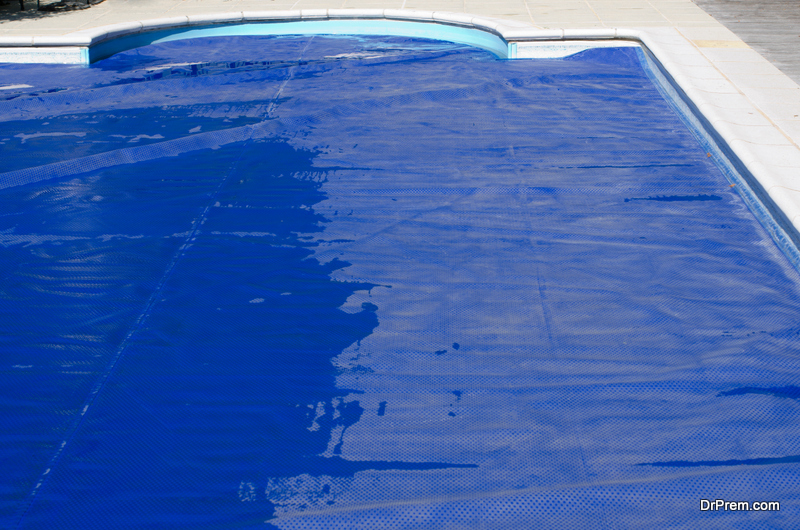 For the pool to be clean naturally, there has to be continuous water filtration. You might have to aerate the pool’s water so that the water organisms receive the oxygen they need. Without the right amount of oxygen, the pool might become stagnant and harbor anaerobic bacteria, which would give a bad stench.
For the pool to be clean naturally, there has to be continuous water filtration. You might have to aerate the pool’s water so that the water organisms receive the oxygen they need. Without the right amount of oxygen, the pool might become stagnant and harbor anaerobic bacteria, which would give a bad stench.
Install a pump in the pool, and through PVC (flexible tubes for cold climates) tubes, the water can be channeled to the plants from the pump. Underwater aeration, which requires less energy, can be created by diffusing air at the bottom of the pool. You should aerate the pool for about 4-8 hours every day to meet the oxygen demands. You can buy a pool aerator system and keep it sealed to prevent debris from entering the equipment.
Hiring a skilled electrician is the best, as they can safely install underwater electrical hardware such as pumps and other devices.
Step 6
Seal the swimming pond with some bentonite clay or use a synthetic liner. Bentonite is cheaper and natural. It works like a glue, bonding with soil particles and preventing the pool water from seeping in the ground. Bentonite does not function well in sandy soils or when surrounding soil is extremely dry. But seal your pool only after compacting the soil. Before applying any kind of clay powder, you might use a liner at the bottom.
Before using the pool, you should get the water treated by professionals. After you have perfected the pool, enjoy long and lazy days relaxing in your very own DIY organic pool!


